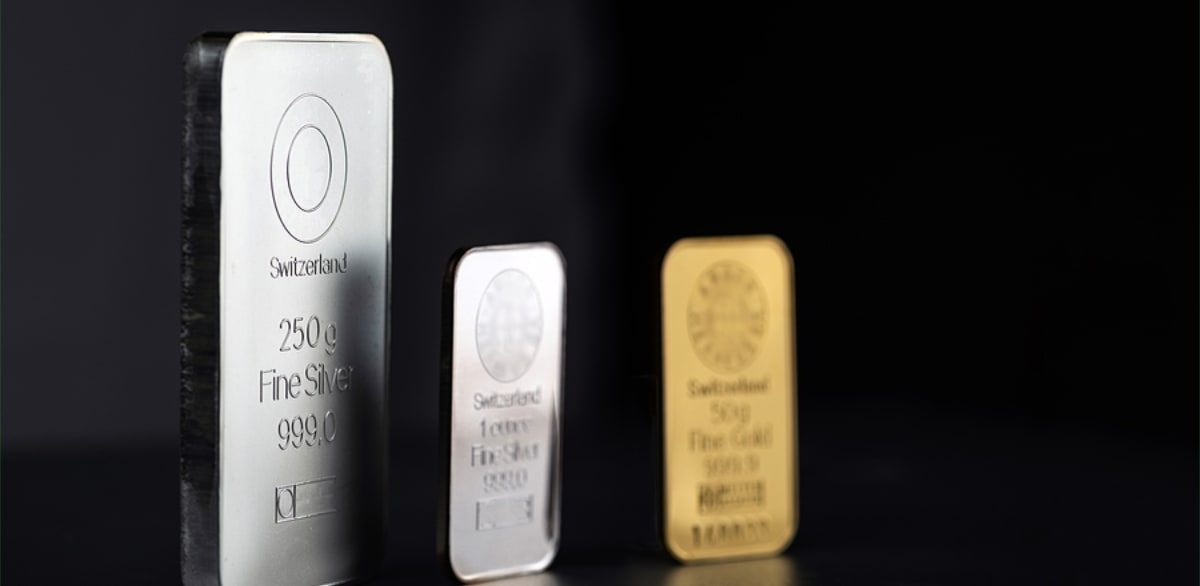
When you first venture into the world of precious metals investing, it’s easy to feel overwhelmed. Each investment opportunity comes with unique advantages and markets. And, the sheer number of options and considerations can leave many beginners unsure about which precious metal to invest in.
This guide will offer an overview of the most common precious metals and the various ways to invest in them.
What Types of Precious Metals Are There?
Gold
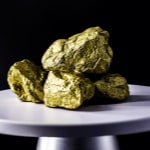
Gold’s history as a valuable metal dates back thousands of years, and it remains one of the most popular choices for precious metals investors.[1]
The glittering metal is often seen as a more stable investment alternative during periods of economic instability and uncertainty. This precious metal can protect against inflation compared to more at-risk cash investments.
Despite being a great choice for all investors, the price of gold, especially in larger quantities, might turn off some beginners.
Silver
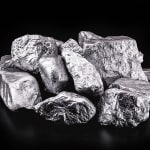
Silver has consistently held a place of importance in the portfolios of experienced precious metals investors, Warren Buffet being perhaps the most famous of them.[2]
And silver is considered a good investment now. This metal’s relatively low cost, when compared to other options, allows newcomers to start building a portfolio with a smaller amount of savings.
Silver’s functional characteristics make it a popular choice in the industrial sector, which accounts for more than half of its demand. This can influence silver prices favorably during times of economic expansion. During recessions, safe-haven buying may serve as tailwinds for the price of silver.
Platinum
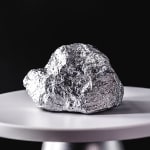
Similar to silver, platinum is an investment as well as an industrial metal. It’s widely used in the auto industry for catalytic converters. This means that fluctuations in auto sales and clean air legislation, as well as substitution for recycled platinum or other metals, can impact the price of platinum.
This precious metal is also used in the jewelry, petroleum, and computer industries.
South Africa and Russia are the main producers of platinum, resulting in periods of artificially high platinum prices due to cartel-like practices.
All of these factors can make the price of platinum volatile.[3]
Palladium
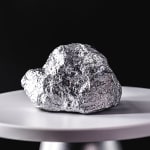
Palladium is similar to platinum in both its industrial use and price trends.
This white metal is popular in automotive manufacturing, which helps support its value. The production of palladium is anticipated to decrease in the near future, which could support higher palladium prices should demand increase.[4]
Many investors use palladium as a hedge against inflation as it’s seen as a more stable option than cash investments, especially during times of economic uncertainty.
Copper

Copper is a consistently overlooked precious metal by both newcomers and experienced investors alike.
Due to its lower price when compared to other metals, copper investment is relatively easy to get into. Its versatility makes it a popular option in a variety of sectors including construction, electrical, and industrial. This widespread use ensures reliable demand.
A lower price and ubiquitous applications make copper an appealing option.
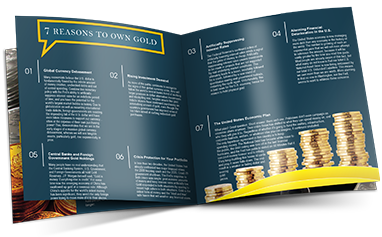
Everything you need to know to get started in Precious Metals
Learn how precious metals can strengthen your portfolio, protect your assets and leverage inflation.
Request the Free GuideWhat Options Are There for Investing in Precious Metals?
In addition to finding the type of metal in which you want to invest, you may choose from a variety of investment types.
Types of Precious Metals Investments
| Precious Metals Investment | Investment Type | Definition | Pros | Cons |
|---|---|---|---|---|
| Certificates | Paper | A promissory note from a bullion bank for a specified quantity of bullion. | You don’t have to arrange for storage of the metals. | Certificates issued can outnumber the bank’s bullion holdings. |
| Commodity Exchange Traded Funds (ETFs) | Paper | A commodity fund that trades like a stock. Structures vary and are outlined in each fund’s prospectus. | You can get exposure to gold via a relatively small investment position. | The fund may be made of gold-related assets; not gold. Other risks include complete liquidation and high taxes and fees. |
| Futures | Paper | A legal contract for the delivery of the precious metal on a set date and for a set price. | You could enjoy more financial leverage, integrity, and flexibility than with trading commodities. | The market can be volatile and subject to collapse. You could lose money if the other party defaults. |
| Stocks | Paper | A share of stock in a mining company representing fractional ownership. | You could see big gains because equities are among the most dynamic investments. | You could see big losses for the same reason. |
| Bullion Bars and Coins | Physical | Precious metals coins and bars valued by their weight. | The market is relatively straightforward and easy to understand. Precious metals IRA eligible. Great way to speculate on the price of gold and silver while taking delivery of the metal. | Can be more volatile. Tax & SSN reporting requirements. Gains tied closely to price of metal. |
| Rounds | Physical | Coins minted by private mints with no face value nor status as legal tender. | You may be able to purchase them for less than officially issued bullion coins. Precious metals IRA eligible. | Higher risk of counterfeiting. More difficult to resell. |
| Investment Grade Coins | Physical | Rare coins | More stable. Higher upside potential because factors other than metal content drive price. More Stable. 100% private and have been exempt from government confiscation. | Complex market to understand. Not Precious Metals IRA eligible. |
📈 Get More Out of Your Gold and Silver Investments. Click Here
Paper Precious Metals Investments
Certificates
If you don’t want to worry about arranging storage for physical precious metals, you may be interested in certificates.[5]
However, a precious metals certificate is a promissory note, not proof of ownership. The bullion bank granting the certificate is promising to exchange the certificate for bullion upon request, and the bank is not obligated to store enough bullion to back all of the certificates it issues.[6]
Commodity Exchange Traded Funds (ETFs)
Gold ETFs are popular, yet complex, investment instruments. They trade like stocks. They’re convenient. They offer exposure to gold via a smaller investment position.
But they’re made up of gold-related assets—you won’t own the physical commodity. Plus, there are some serious risks to consider: a host of factors can trigger the complete liquidation of the fund, regardless of gold’s market performance. Capital gains taxes can be higher. High fund management fees can eat into your investment.[7]
Futures
Want to bet big on precious metals? Futures could be the way to go. A precious metals futures contract is a legal agreement for the delivery of the precious metal on a set date in the future and for an agreed-upon price.[8]
Because futures trade at centralized exchanges, futures contracts can offer more financial leverage, financial integrity, and flexibility than trading commodities. Similar to other paper assets, however, trading precious metals futures can be risky and require some market savvy.[9]
Stocks
You can follow Warren Buffet’s lead and invest in gold stocks. With this route, you’d be purchasing shares of precious metals miners leveraged to fluctuations in precious metals prices.
So, you’ll want to do your homework on how mining stocks are valued. And it wouldn’t hurt to have Berkshire-Hathaway funding to fall back on. Because stocks can be risky.[10]
Even expert traders are wary of them. Jim Cramer, host of Mad Money on CNBC, warned investors about gold stocks back in 2013:
I don’t like the gold stocks at all, I just think that they’re toxic. Gold bullion, gold coins, I want to use that decline to get in for people who don’t own any gold because I like it as insurance.–Jim Cramer
Nearly eight years later, Cramer’s stance remains the same. In early November 2020, he urged Americans to invest in physical gold as protection against inflation and economic chaos.
Physical Precious Metals Investments
Bullion Bars
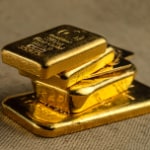
Bullion bars are a great way to build up your precious metals portfolio quickly. The flexibility of this investment option both in terms of size and weight makes it one of the most common choices among investors.
Due to the difference in value between each precious metal, the price of associated bars will vary greatly too. For example, a one-gram bar of gold would cost significantly more than a one-gram bar of silver.
Bullion and Investment Grade Coins
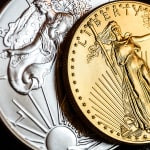
Gold and silver coins, as well as platinum coins, are another popular investment medium for precious metals.
Unlike bullion bars and coins—which are worth only their precious metals content—numismatic coins can have unique characteristics that collectors deem valuable. These special characteristics can compound the value of the coin, increasing its investment power. Age and rarity are two of the largest determining factors influencing a precious metal coin’s numismatic value.
Coins can add an exciting element to precious metals investing for beginners, but it’s important to understand that there are more factors to consider with investment grade coins.
Rounds
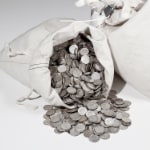
Rounds are a popular investment medium for those looking to barter because of their lower cost and easily identifiable value.
Unlike official bullion coins that are printed by governments, rounds are offered by private mints. As a result, the cost is significantly less. However, buyers still get the attractive and professional finish of official coins. Rounds don’t carry any face value and aren’t considered legal tender like bullion coins.
The value of a round is solely determined by its weight and purity in the precious metal out of which it’s made. Both of these characteristics are often printed on the round itself for quick and easy identification.
What Precious Metal Should I Invest In?
First and foremost, the importance of diversification applies to precious metals just like any other form of investment.
In addition, the best investment decisions will vary among individuals. There are a variety of factors that need to be taken into account. Some of these factors, like your current investments, goals, and budget, are unique to you, while others, such as market conditions and economic trends, are completely independent.
New investors are always encouraged to speak with a professional precious metals advisor to get started in the right direction.
Whether you’re new to investing or are looking to further diversify your portfolio, the advisors at Scottsdale Bullion & Coin are here to help. Call 888-812-9892 to speak with a precious metals advisor today or continue learning on your own by requesting our FREE Precious Metals Investor Guide.
